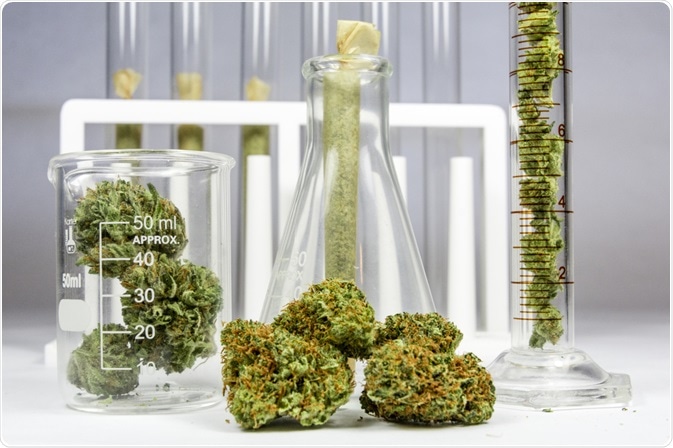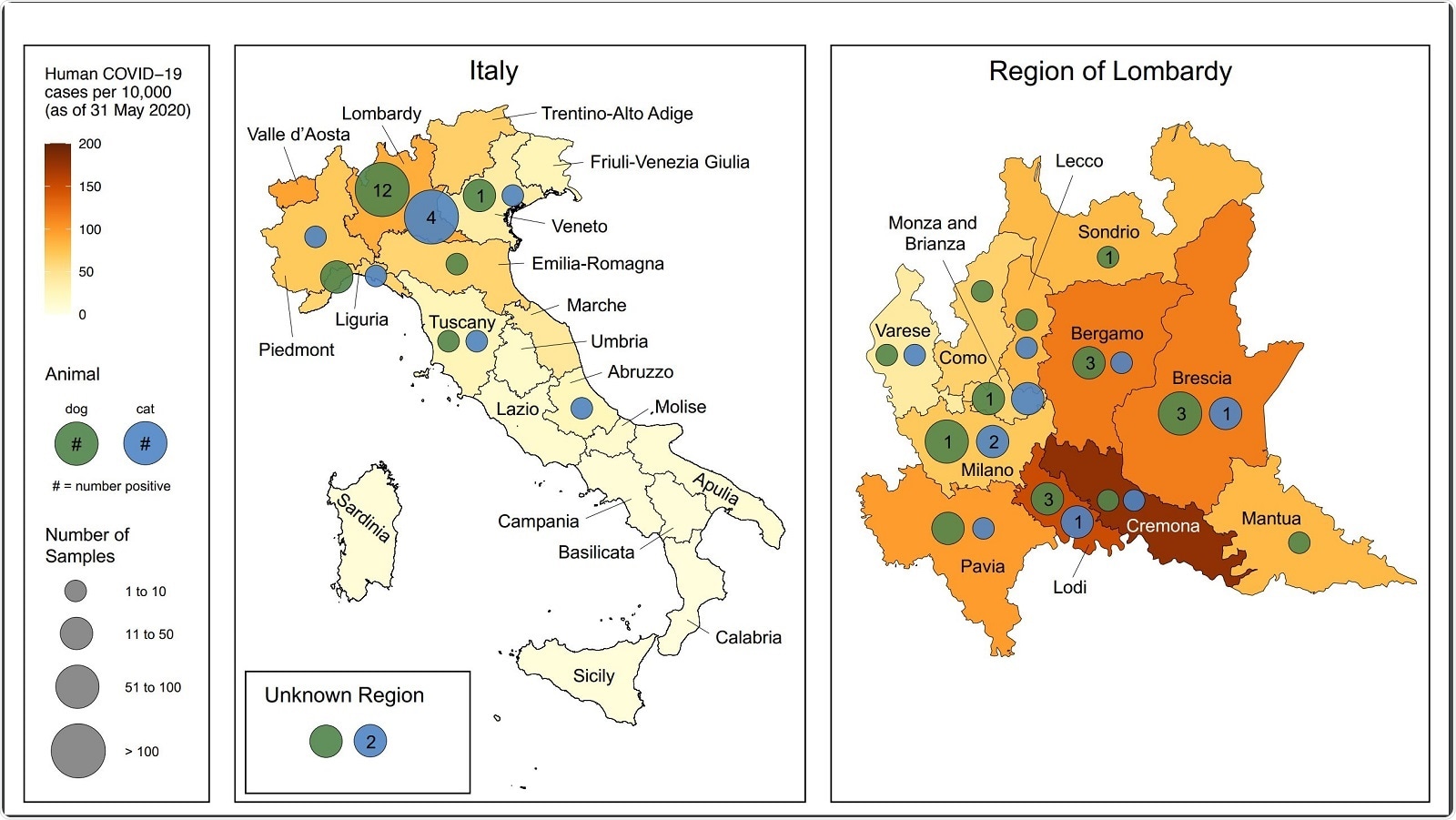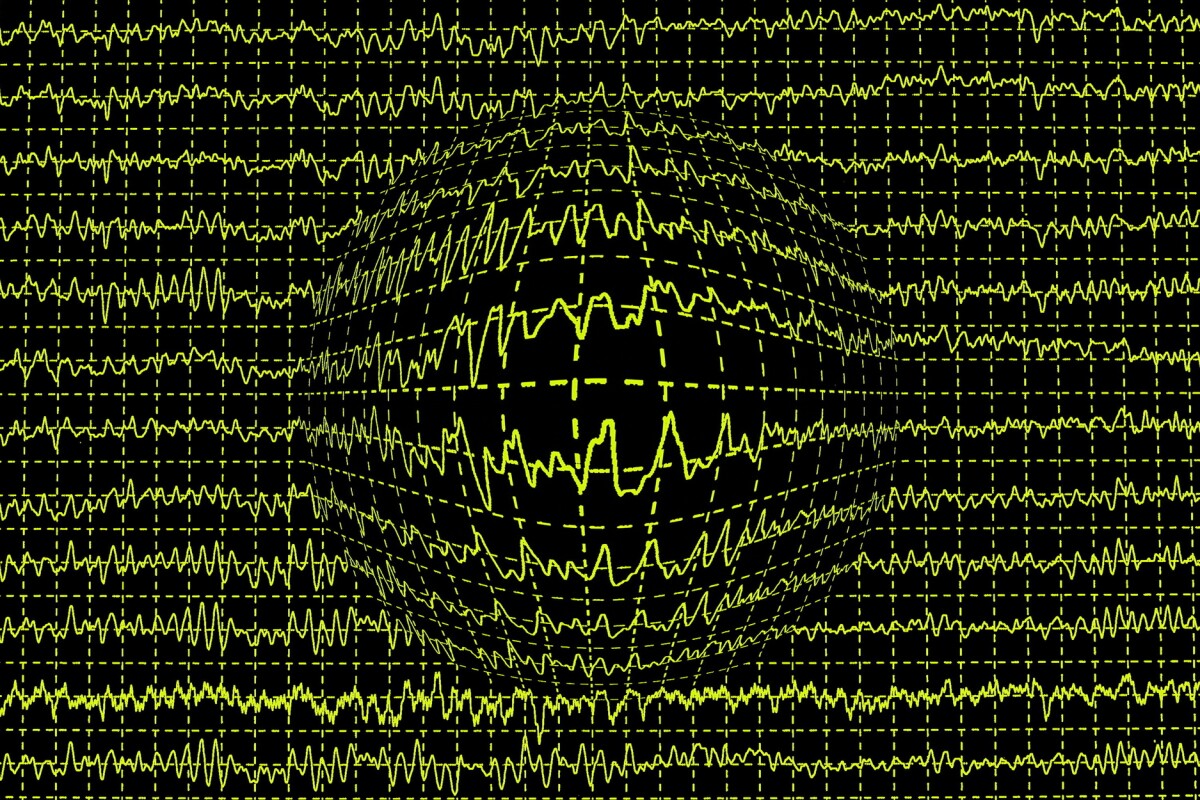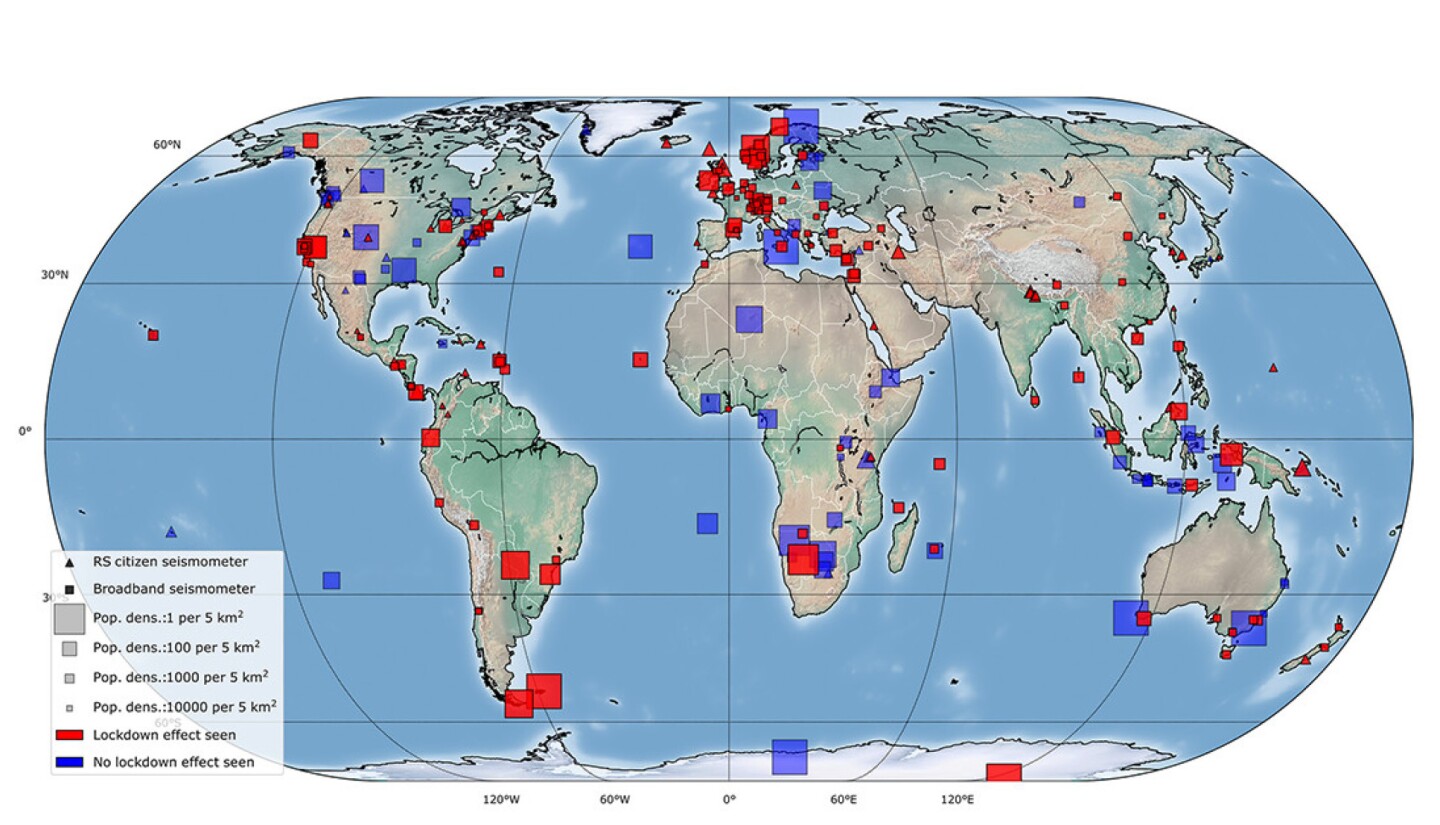Many of the side effects of abortion cited by its opponents are actually more true of labour and childbirth.
By Maija Kappler
07/22/2020

LEFT: GETTY. RIGHT: THE CANADIAN PRESS.Jen Gunter, right, shot back at Debbie Lesko about her comments on the abortion pill.
Note to the many people out there spreading misinformation about reproductive rights: you do not want to get into a Twitter fight with Dr. Jen Gunter.
On Wednesday, Republican congresswoman Debbie Lesko took to Twitter to discourage the use of Mifegymiso, the two-pill combo that terminates a pregnancy.
“Chemical abortion pills,” as she called them, can cause “intense pain, excessive bleeding, infection, death,” she wrote.
Women who take chemical abortion pills face:
❌intense pain
❌excessive bleeding
❌infection
❌death
This isn’t health care, and it’s not pro-woman. #prolife— Congresswoman Debbie Lesko (@RepDLesko) July 20, 2020
In a follow-up tweet, she added that the abortion pill is “cost-effective for the abortion industry, costly for the lives of women and children.”
Lesko, who represents a district in Arizona, has made her anti-abortion beliefs clear. She’s attempted to introduce legislation that limits access to abortion services.
Several doctors immediately replied to challenge her claims — and one of them, naturally, was Canadian gynecologist and vaginal mythbuster extraordinaire Dr. Jen Gunter.
“You are incredibl[y] [uninformed] or a liar. Which one is it?” Gunter wrote before launching into a Twitter thread.
Well, actually. No.
You are incredible uniformed or a liar. Which one is it?
Neither here nor there really, because I am about to take you to school. https://t.co/Oih594j15s— Jennifer Gunter (@DrJenGunter) July 20, 2020
She pointed out that all of the side effects Lesko mentioned are in fact much more true of labour and childbirth than about abortion.
Taking the abortion pill can cause you to feel tired and crampy, and in rare causes, it can cause nausea, chills, or fever. But generally people are able to go back to work or school the next day.
The pain of labour, on the other hand, is comparable to the amputation of a finger, which Gunter pointed out by citing an excerpt from a joint statement of the American Congress of OB/GYNs and The American Society of Anesthesiologists. Not exactly a picnic.
The next charge, excessive bleeding, is true in part. The abortion pill expels the contents of the uterus — so yes, people who take it can expect to bleed
But again, bleeding is also a big part of having a baby. “Pregnancy isn’t coming out of a uterus without blood, be it abortion, miscarriage, vaginal delivery or C-section,” Gunter said.
During childbirth, blood vessels open when the placenta detaches from the uterus. The average person loses about a pint of blood during vaginal childbirth, and about double that during a C-section.
Infection rates and death are where Lesko really starts exaggerating, Gunter explained.
The rate of endometritis infection from a medical abortion pill happens in about 0.24 out of every 1000, she said, citing numbers that line up with similar research. That same infection happens in between 10 and 20 out of 1000 vaginal births, and 50 out of 1000 C-sections.
Maternal health is a significant problem, particularly in the U.S. In 2018, there were 17.4 maternal deaths for every 100,000 live births — and more than half of them were preventable.
In Canada, the rate per 100,000 live births that year was 8.3 maternal deaths. And as Gunter pointed out, the mortality rate is much worse for Black women.
RELATED
Why Black Women Fear For Their Lives In The Delivery Room

One of the reasons maternal health in the U.S. is so bad is that it’s not seen as a priority, vice president for health policy and advocacy at the American Congress of OB/GYNs Barbara Levy told NPR.
“We worry a lot about vulnerable little babies,” she said. Fetal and infant health has improved dramatically, but “we don’t pay enough attention to those things that can be catastrophic for women.”
Of the millions of doses of the abortion pill that have been prescribed, 24 users have died, although there’s some controversy about whether or not the deaths can be attributed to the abortion pill.
According to the Guttmacher Institute, unsafe abortion kills at least 22,800 women a year, mostly in areas where the procedure is illegal. Some of the methods desperate people resort to when they have no safe way of ending a pregnancy include drinking toxic fluids, causing injury to the vagina or cervix, inflicting trauma on the abdomen, or being operated on by an unskilled provider.
Gunter ended her Twitter thread by inviting Lesko to “a public discussion” about abortion. So far, no answer.
RELATED
Dr. Jen Gunter Is Taking On 'Big Wellness,' One Vagina Myth At A Time
Twitter's Favourite Gynecologist Blocked From Promoting Book About Vaginas
Canada Just Eliminated A Major Barrier To Abortion Access
On Wednesday, Republican congresswoman Debbie Lesko took to Twitter to discourage the use of Mifegymiso, the two-pill combo that terminates a pregnancy.
“Chemical abortion pills,” as she called them, can cause “intense pain, excessive bleeding, infection, death,” she wrote.
Women who take chemical abortion pills face:
❌intense pain
❌excessive bleeding
❌infection
❌death
This isn’t health care, and it’s not pro-woman. #prolife— Congresswoman Debbie Lesko (@RepDLesko) July 20, 2020
In a follow-up tweet, she added that the abortion pill is “cost-effective for the abortion industry, costly for the lives of women and children.”
Lesko, who represents a district in Arizona, has made her anti-abortion beliefs clear. She’s attempted to introduce legislation that limits access to abortion services.
Several doctors immediately replied to challenge her claims — and one of them, naturally, was Canadian gynecologist and vaginal mythbuster extraordinaire Dr. Jen Gunter.
“You are incredibl[y] [uninformed] or a liar. Which one is it?” Gunter wrote before launching into a Twitter thread.
Well, actually. No.
You are incredible uniformed or a liar. Which one is it?
Neither here nor there really, because I am about to take you to school. https://t.co/Oih594j15s— Jennifer Gunter (@DrJenGunter) July 20, 2020
She pointed out that all of the side effects Lesko mentioned are in fact much more true of labour and childbirth than about abortion.
Taking the abortion pill can cause you to feel tired and crampy, and in rare causes, it can cause nausea, chills, or fever. But generally people are able to go back to work or school the next day.
The pain of labour, on the other hand, is comparable to the amputation of a finger, which Gunter pointed out by citing an excerpt from a joint statement of the American Congress of OB/GYNs and The American Society of Anesthesiologists. Not exactly a picnic.
The next charge, excessive bleeding, is true in part. The abortion pill expels the contents of the uterus — so yes, people who take it can expect to bleed
But again, bleeding is also a big part of having a baby. “Pregnancy isn’t coming out of a uterus without blood, be it abortion, miscarriage, vaginal delivery or C-section,” Gunter said.
During childbirth, blood vessels open when the placenta detaches from the uterus. The average person loses about a pint of blood during vaginal childbirth, and about double that during a C-section.
Infection rates and death are where Lesko really starts exaggerating, Gunter explained.
The rate of endometritis infection from a medical abortion pill happens in about 0.24 out of every 1000, she said, citing numbers that line up with similar research. That same infection happens in between 10 and 20 out of 1000 vaginal births, and 50 out of 1000 C-sections.
Maternal health is a significant problem, particularly in the U.S. In 2018, there were 17.4 maternal deaths for every 100,000 live births — and more than half of them were preventable.
In Canada, the rate per 100,000 live births that year was 8.3 maternal deaths. And as Gunter pointed out, the mortality rate is much worse for Black women.
RELATED
Why Black Women Fear For Their Lives In The Delivery Room

One of the reasons maternal health in the U.S. is so bad is that it’s not seen as a priority, vice president for health policy and advocacy at the American Congress of OB/GYNs Barbara Levy told NPR.
“We worry a lot about vulnerable little babies,” she said. Fetal and infant health has improved dramatically, but “we don’t pay enough attention to those things that can be catastrophic for women.”
Of the millions of doses of the abortion pill that have been prescribed, 24 users have died, although there’s some controversy about whether or not the deaths can be attributed to the abortion pill.
According to the Guttmacher Institute, unsafe abortion kills at least 22,800 women a year, mostly in areas where the procedure is illegal. Some of the methods desperate people resort to when they have no safe way of ending a pregnancy include drinking toxic fluids, causing injury to the vagina or cervix, inflicting trauma on the abdomen, or being operated on by an unskilled provider.
Gunter ended her Twitter thread by inviting Lesko to “a public discussion” about abortion. So far, no answer.
RELATED
Dr. Jen Gunter Is Taking On 'Big Wellness,' One Vagina Myth At A Time
Twitter's Favourite Gynecologist Blocked From Promoting Book About Vaginas
Canada Just Eliminated A Major Barrier To Abortion Access













